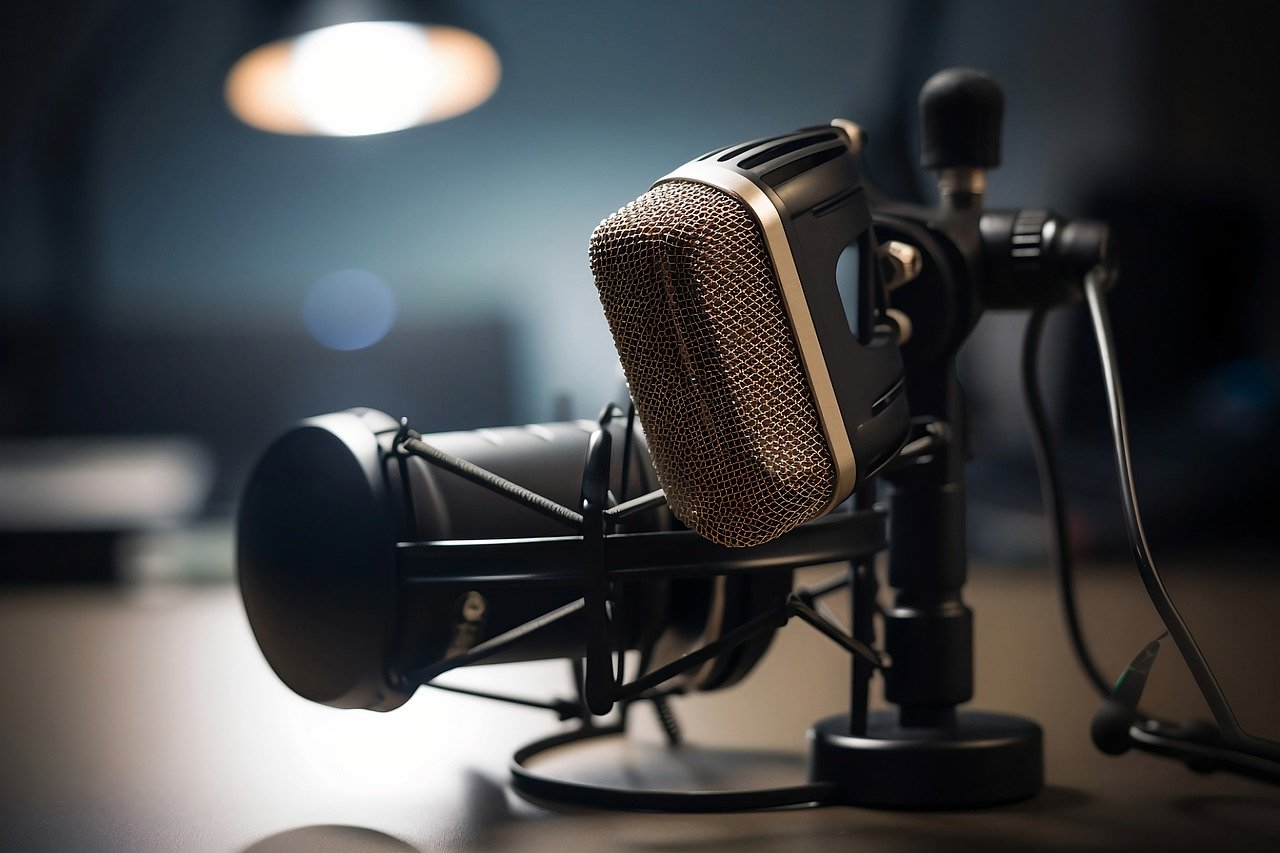Smart Soundproofing with Acoustic Foam
Why Every Music Lover Needs Sound Control
Whether you're jamming late at night, recording vocals, or just enjoying your favorite records, unwanted noise can ruin the experience. Here's how to create your personal quiet zone without breaking the bank.
Understanding Your Noise Enemies
-
The Outside Invaders - Traffic, neighbors, that barking dog
-
The Room's Echo Chamber - Bouncing sound waves creating muddiness
-
The Sneaky Vibrations - Low frequencies traveling through walls and floors
Choosing Your Soundproofing Weapons
"Not all foams are created equal"
-
The Standard Soldier (Polyurethane foam)
-
Best for: Taming echoes and mid-range frequencies
-
Where to use: Walls, practice rooms
-
Pro tip: Look for wedge or pyramid patterns for better absorption
-
-
The Heavy Artillery (Mass-loaded vinyl)
-
Best for: Blocking outside noise
-
Where to use: Behind walls, under floors
-
-
The Specialist (Bass traps)
-
Best for: Controlling those rumbling low frequencies
-
Where to use: Room corners
-
Strategic Placement for Maximum Effect
Wall Warfare:
-
Cover at least 60% of reflective surfaces
-
Focus on spots directly across from speakers/instruments
-
Don't forget the corners (bass loves to hide there)
Door & Window Tactics:
-
Seal gaps with weatherstripping
-
Hang moving blankets (cheap but effective)
-
Try secondary glazing for windows
Floor Defense:
-
Interlocking foam mats for quick fixes
-
Thick rugs with padding for better absorption
Beyond Foam: Pro Tricks
-
The Bookcase Barrier - A filled bookshelf makes a great sound absorber
-
The Curtain Call - Heavy drapes can reduce sound reflection
-
The Furniture Factor - Soft furnishings help break up sound waves
Testing Your Defenses
-
The "Clap Test" - Clap loudly and listen for echoes
-
The "Neighbor Check" - Have someone listen outside while you play
-
The "Bass Test" - Play low-frequency tones and feel for vibrations
Common Pitfalls to Avoid
-
Over-treating your space (can make it sound unnatural)
-
Ignoring small gaps (sound leaks like water)
-
Forgetting about ventilation (sealed rooms get stuffy)
Budget-Friendly Options
-
Egg crate foam (not ideal but better than nothing)
-
Repurposed moving blankets
-
DIY panels from rigid fiberglass
When to Call in the Pros
If you're serious about recording or have major noise issues, professional acoustic treatment might be worth the investment. They can help with:
-
Custom bass traps
-
Floating floor systems
-
Proper room analysis







